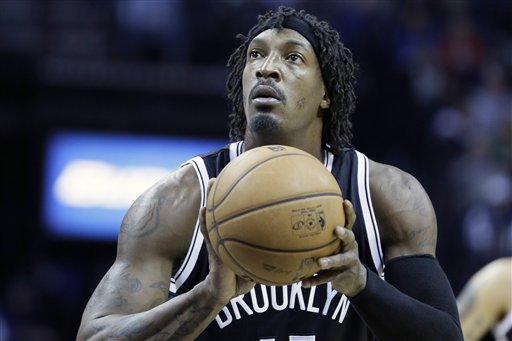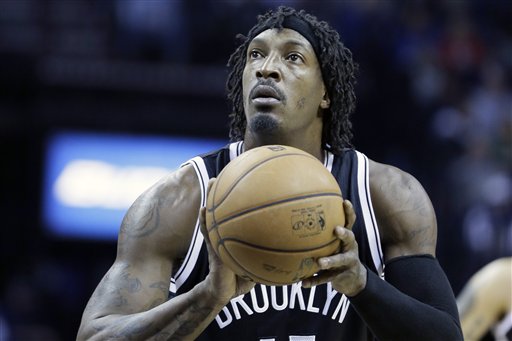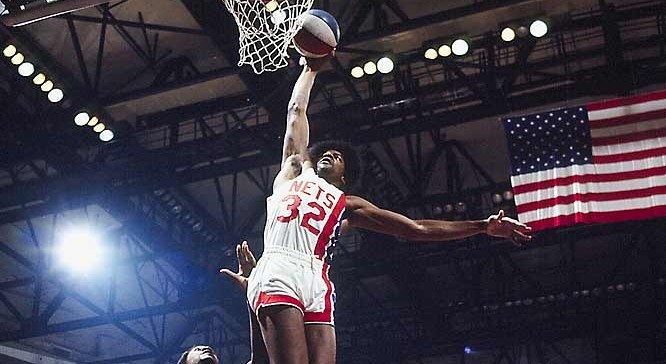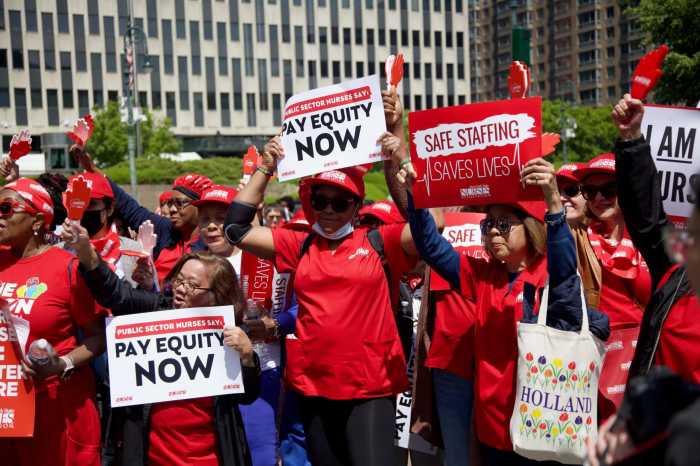
Brooklyn Nets forward Gerald Wallace hasn’t had the best couple months offensively. His shooting percentages after the All-Star break are paltry — 33% from the field, 14% from beyond the arc — and it’s led to Wallace shutting down his own offense. He’s attempted just five shots over 72 minutes in his last three games, and freely admitted earlier this week that his confidence is “totally gone.”
What can be done to help Gerald Wallace regain his confidence? We took a look at his shot and spoke with a sports psychologist to help find some answers.
In case Wallace’s shot chart, which can be described as a sea of red, wasn’t enough of an indication that he was struggling, Crash came right out and said it on Monday, saying his “confidence is totally gone.” He admitted that he’s simply not shooting, out of fear that missed shots will lead to him on the bench.
As concerning as it is that Wallace seems resigned to the fact that he longer can make shots, equally concerning is the fact that there is not a whole lot you can in-season to correct shot-mechanic flaws and make no mistake, Wallace’s shot-mechanics are flawed.
Wallace’s jump shot begins low by his waist with the ball is usually positioned in the center or left-center of his body. He then begins an upward motion, having to transfer the ball from his waist to just over the left side of his head where his release point is. During that long motion a lot of variance can occur and with that, inaccuracy. Take a look at these pictures below, showing the progression of a Wallace jump shot.



This final picture is the moment before his release. In a perfect world, Wallace’s right toe, knee, elbow and hand would be in a straight line, all pointed towards the target. As you can see here, not only is Wallace not aligned, but those four elements are zigzagging back and forth, causing some serious balance issues.
To rework a jump shot like this would take a lot of hard work and a long time commitment, perhaps an entire off-season’s worth. All hope is not lost, however. There are minor tweaks that can be done in-season and that could correct subtle mechanical flaws. Look at it as the difference between major ankle surgery and a scope to clean out bone spurs. The scope gets you through the season, leaving the major work to be done in the summer.
Consulting with different shooting coaches they all came to relatively the same conclusions about how to approach the situation of a slumping shooter. The general consensus is Wallace would need to be willing to put in the work necessary to break his slump, with extra shooting practice being done before and after practice or games. They’d advise Wallace to start in close for a week, ironing out basic mechanic flaws, work on his balance and follow through. Then once those elements are ironed out, they would continue to overload him with meaningful repetitions, which in this case would be made shots. (An example of what meaningful reps mean, watch this video on “YES” shots from the Point Guard College, an activity specifically for players suffering a slump.)
Confidence is a complicated issue for professional athletes, and more commonplace with athletes that have to fine-tune specific motor skills. “You hear it from outside shooters more than you would from an offensive linesman,” says William Weiner, Ph.D. and sport psychology consultant with 20 years of experience in sports psychology in Manhattan. “In basketball it’s often with the shot. Players will state quite bluntly that they don’t have confidence in their shot.”
Weiner thinks it’s good that Wallace is acknowledging his confidence issues, but needs to speak to and about himself in a more positive manner to regain his confidence.
“The hope would be that he could integrate some good solid positive self-talk that helps him to get in touch with the player that he’s been at times. He’s not a great scorer, but he’s been a really good player. He’s got to get in touch with that guy and not think about what coach is thinking, or how many minutes he’s getting, and stay really focused on what he does on the floor and staying loose and following through on the shot.
“He’s got to coach himself back into playing to potential.”
Along with coaching himself, Weiner also suggests Wallace speak with Nets interim head coach P.J. Carlesimo. “I think there’s something productive about him being explicit about not feeling as confident as he’d like to. Clearly he feels that there’s playing time on the line should he miss and that’s serving to tighten him up.”
Thanks to coach, skills trainer, and Grantland writer Brett Koremenos for his contributions to this piece.
















